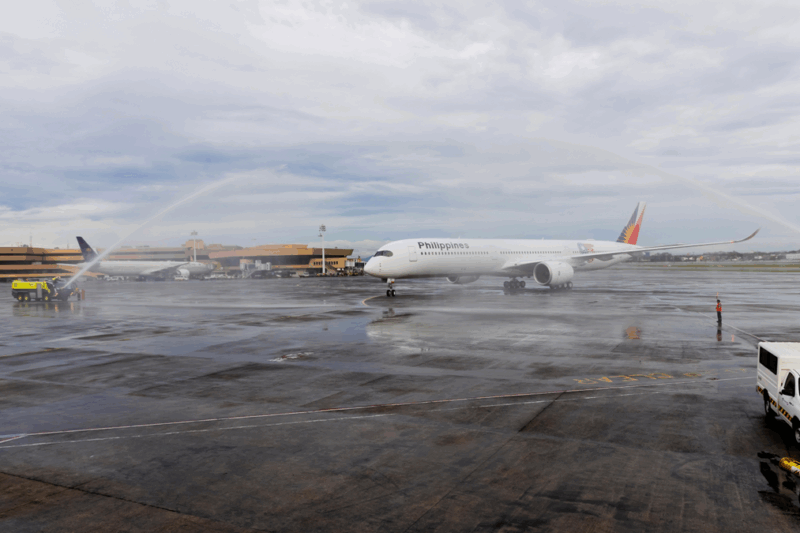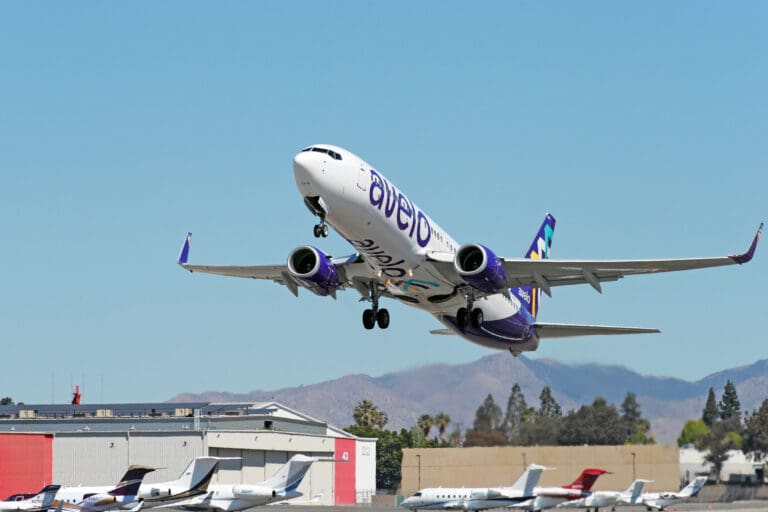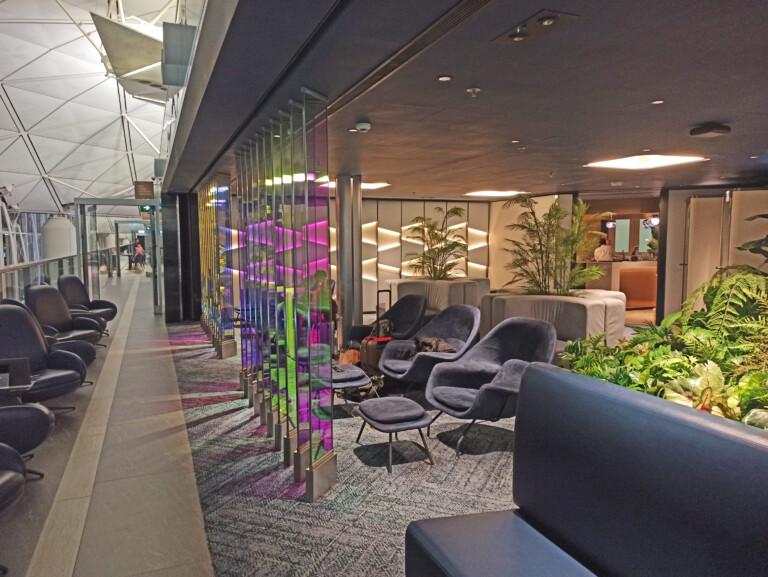Best Methods For Sleeping on a Plane
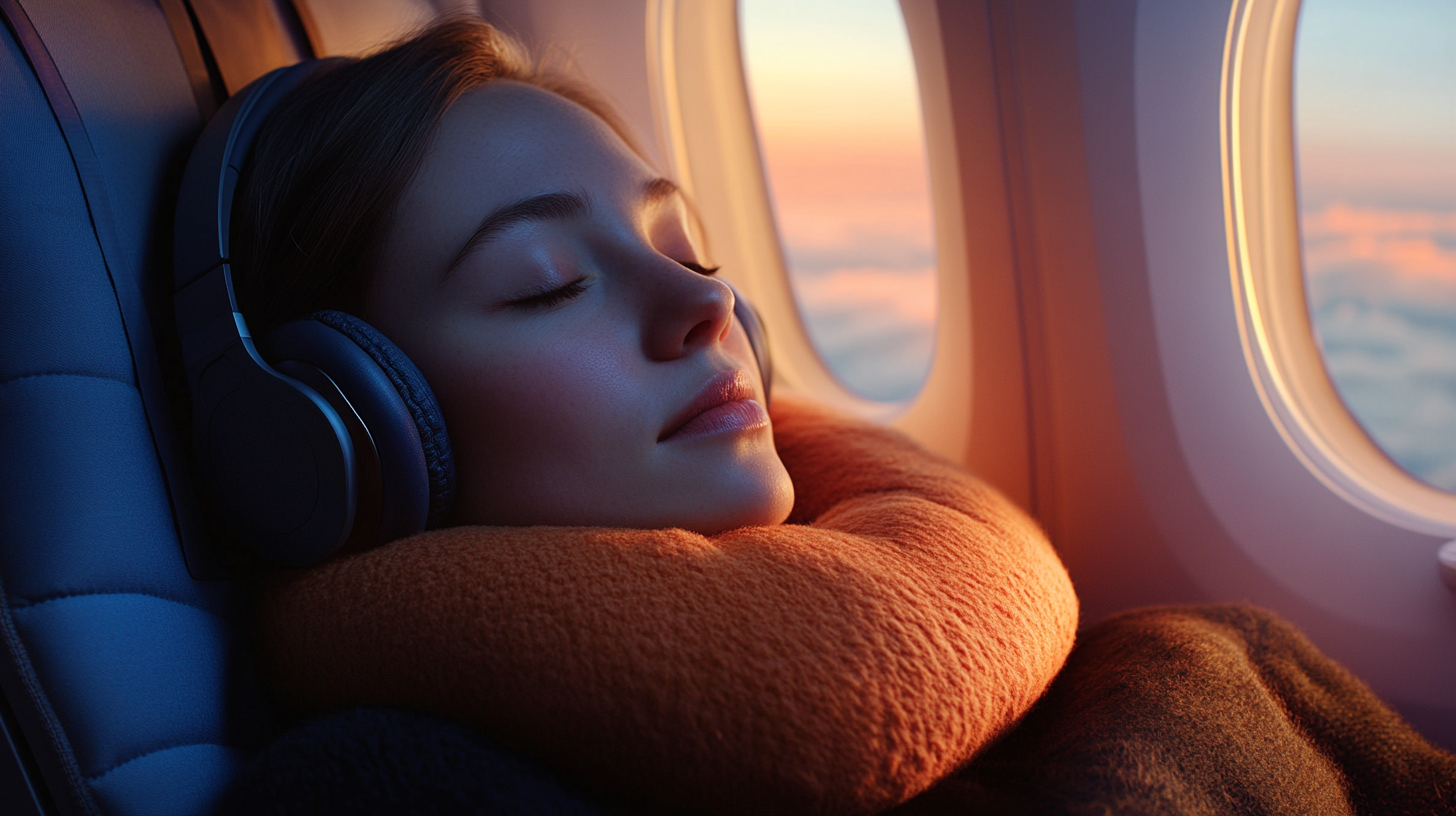
For many travelers, catching some shut-eye on a plane seems like an elusive dream. Between the cramped seats, ambient noise, and constant interruptions, achieving restful sleep during air travel can be a challenge. However, with the right strategies and preparations, it’s possible to transform your in-flight experience and arrive at your destination feeling refreshed and ready to go. In this comprehensive guide, we’ll explore the best methods for sleeping on a plane, helping you make the most of your journey, whether you’re a seasoned traveler or embarking on your first long-haul flight.
Understanding how to sleep on a plane effectively not only enhances your comfort but can also significantly reduce the effects of jet lag. For more information, read about it on the Mayo Clinic’s article on Jet Lag. By following these tips, you’ll be better equipped to handle long flights and adjust to new time zones with ease.
Choose the Right Seat for Optimal Comfort
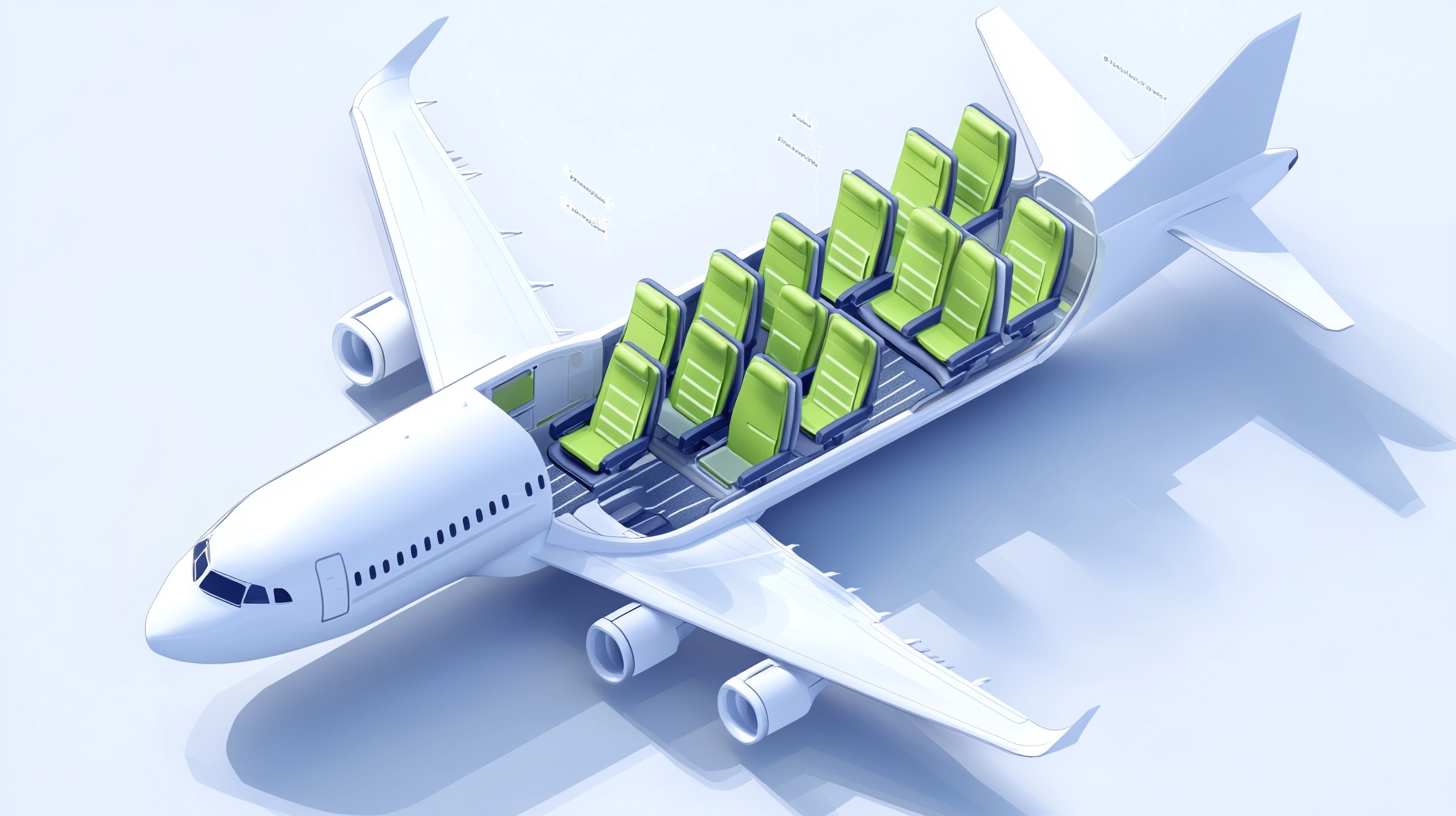
Your seat selection plays a crucial role in how well you can sleep on a plane. Securing a window seat allows you to rest your head against the wall and avoid disturbances from fellow passengers moving in and out of the row. Additionally, being away from high-traffic areas like the lavatories or galley can reduce noise and foot traffic, enhancing your ability to sleep during flights. If you’re prone to getting up frequently, an aisle seat may be preferable, but it does come with its own set of disturbances.
Consider booking seats in advance to have more options available. Airlines often open up seat selection during the booking process, so take advantage of this to choose a spot that’s conducive to comfortable airplane sleep. Tools like SeatGuru by Tripadvisor offer detailed seat maps, including reviews and ratings of specific seats, which can help you avoid seats with limited recline, reduced legroom, or those located near noisy areas.
If you’re sensitive to turbulence, selecting a seat over the wings can provide a smoother ride, which may help you sleep better. Learn more at Upgraded Points for Best Seats on a Plane for Less Turbulence. Bulkhead seats and exit rows often offer extra legroom, but be aware that bulkhead seats may be near bassinet positions, which could mean proximity to infants. Also, some exit row seats may have restrictions on reclining.
For those willing to invest a bit more, upgrading to premium economy or business class can make a significant difference. The extra legroom, wider seats, and enhanced recline options in these cabins offer a more suitable environment for sleeping on a plane. If upgrades are within your budget, they can be a worthwhile consideration for long-haul flights. Some airlines offer lie-flat seats in business and first class; details are available at Thrifty Traveler for Lie-Flat Seats, which can be a game-changer for in-flight sleep quality.
Remember to check the aircraft’s seating chart on the airline’s website or through third-party platforms. Reading traveler reviews and studying seat maps before your flight can provide additional insights into which seats to choose or avoid, ensuring you make an informed choice to improve sleep during flights.
Invest in Quality Travel Accessories
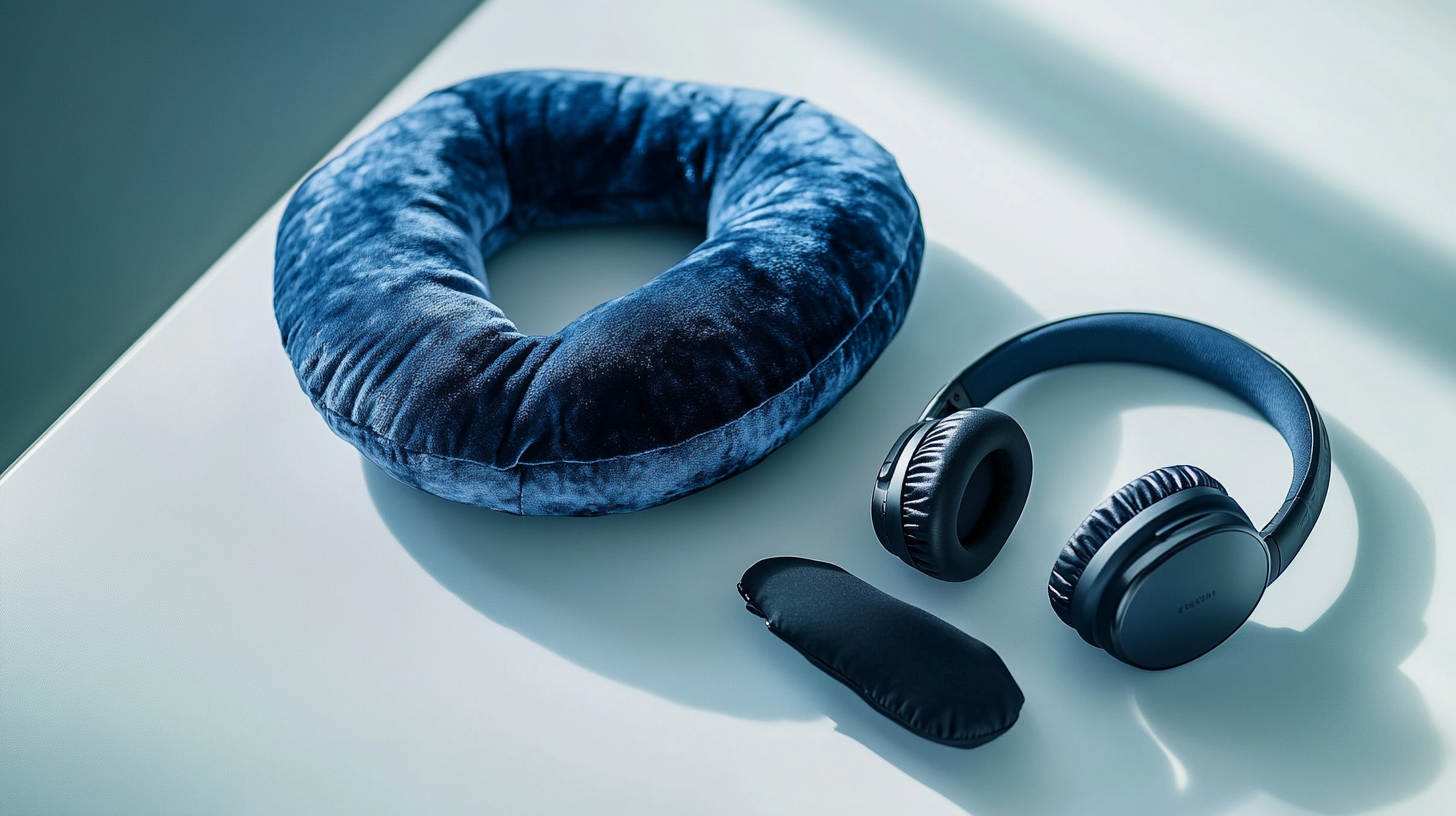
Equipping yourself with the right travel accessories can significantly enhance your comfort and ability to sleep during air travel. A supportive neck pillow helps maintain proper alignment and prevents the dreaded “head bob” that can wake you up suddenly. Memory foam options conform to your neck shape, providing personalized comfort. Consider highly-rated products like Trtl Travel Pillow or the Cabeau Evolution Pillow, which are designed specifically for in-flight comfort.
Noise-canceling headphones or earplugs are essential for blocking out ambient sounds like engine noise or chatter from other passengers. By reducing auditory distractions, you can create a more serene environment conducive to restful sleep on a plane. Top-rated noise-canceling headphones like the Bose QuietComfort 35 II on Amazon or Sony WH-1000XM4 are popular choices among travelers. For a more budget-friendly option, soft foam earplugs like Mack’s Ultra Soft Foam Earplugs can effectively reduce noise levels.
An eye mask can be invaluable, especially on flights where cabin lights remain on or if you’re seated near someone using a reading light. By simulating darkness, an eye mask signals to your body that it’s time to sleep, aiding in falling asleep faster and achieving deeper rest. Choose one with soft materials and an adjustable strap for maximum comfort, such as the Alaska Bear Natural Silk Sleep Mask or the MZOO Sleep Eye Mask.
Don’t forget about comfort items like a lightweight travel blanket or compression socks. Airplane cabins can get chilly due to high altitudes and air conditioning, and staying warm is essential for comfortable airplane sleep. Compact travel blankets like the Cocoon CoolMax Blanket are designed for portability and warmth. Compression socks improve circulation during long periods of immobility, reducing the risk of swelling and discomfort that can interfere with sleep. Brands like Physix Gear Sport Compression Socks offer stylish and effective options.
Additionally, consider bringing along a travel footrest, which can be attached to the tray table to elevate your feet and reduce lower back strain. Products like the Sleepy Ride Airplane Footrest by Travel and Leisure can enhance your comfort, especially on longer flights.
Adjust Your Pre-Flight Routine
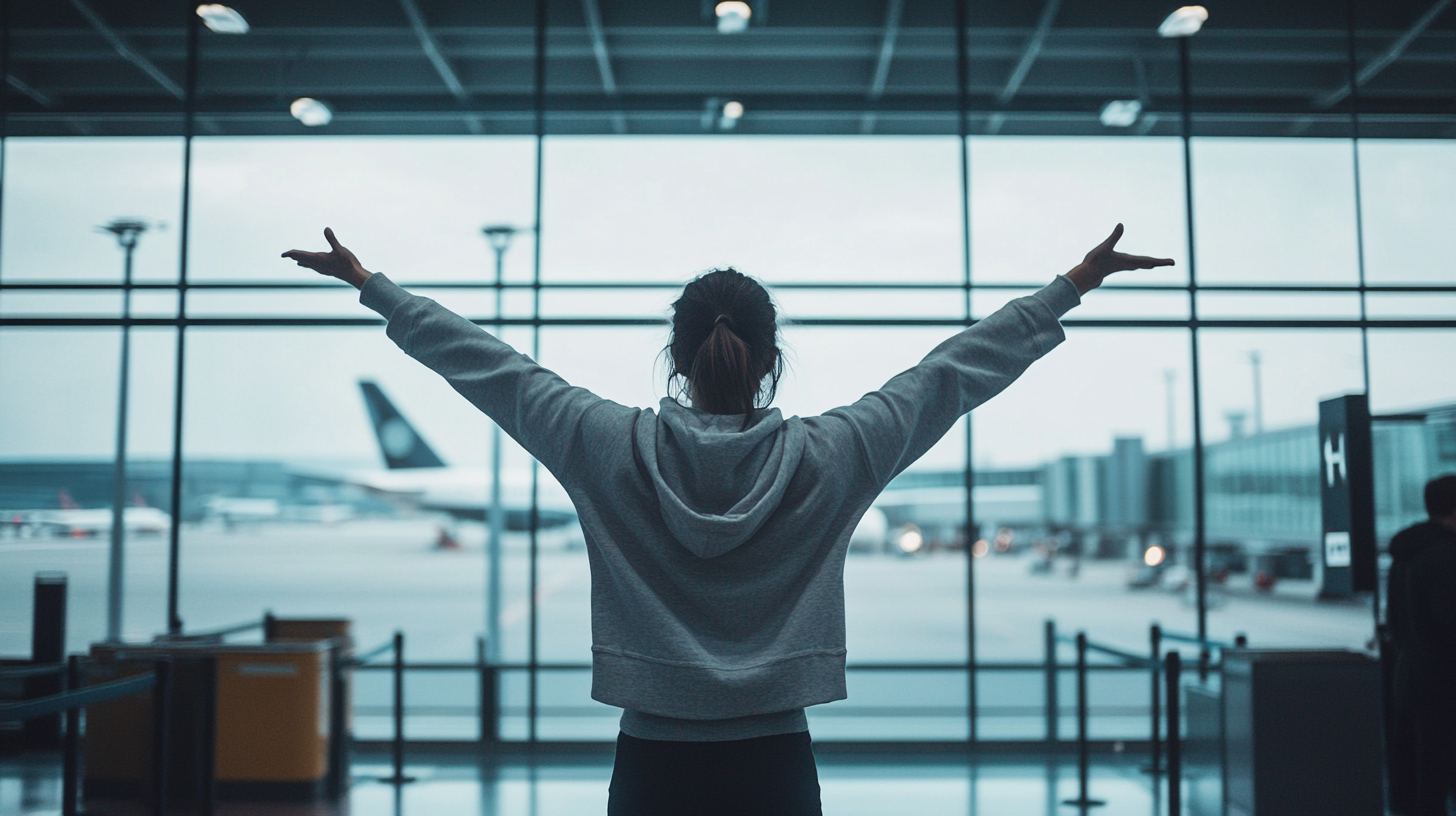
Preparing your body for sleep on a plane starts before you even board. Adjusting your sleep schedule in the days leading up to your flight can help mitigate the effects of jet lag; further information is available on Healthline’s Jet Lag Prevention Article and make it easier to fall asleep during the flight. Gradually shifting your bedtime and wake-up time closer to the destination time zone aligns your internal clock accordingly. Apps like Timeshifter provide personalized plans to help you adjust more smoothly.
On the day of your flight, avoid caffeine and heavy meals that can interfere with sleep. Opt for foods that promote sleep, such as those rich in tryptophan like turkey or almonds, and complex carbohydrates like whole grains; explore more at Healthline’s Sleep-Promoting Foods Article. Staying hydrated is also crucial, as dehydration can cause discomfort and restlessness, making sleeping on a plane more difficult. Aim to drink water regularly throughout the day and limit alcoholic beverages before and during the flight.
Engage in light physical activity before your flight to help tire your body naturally. A leisurely walk around the terminal or some gentle stretching can promote relaxation. However, avoid intense workouts close to departure time, as they can have an energizing effect, counteracting your efforts to sleep during the flight. Consider practicing yoga or stretching routines designed for travelers; watch more on YouTube’s Airport Yoga Video, which can help relieve tension and prepare your body for rest.
Mental preparation is equally important. Practice relaxation techniques such as deep breathing exercises or mindfulness meditation to ease anxiety and stress associated with flying. Apps like Calm and Headspace offer guided meditations specifically for travel-related stress. A calm mind is more conducive to restful sleep, allowing you to drift off more easily once you’re settled in your seat.
Utilize Relaxation and Sleep Techniques
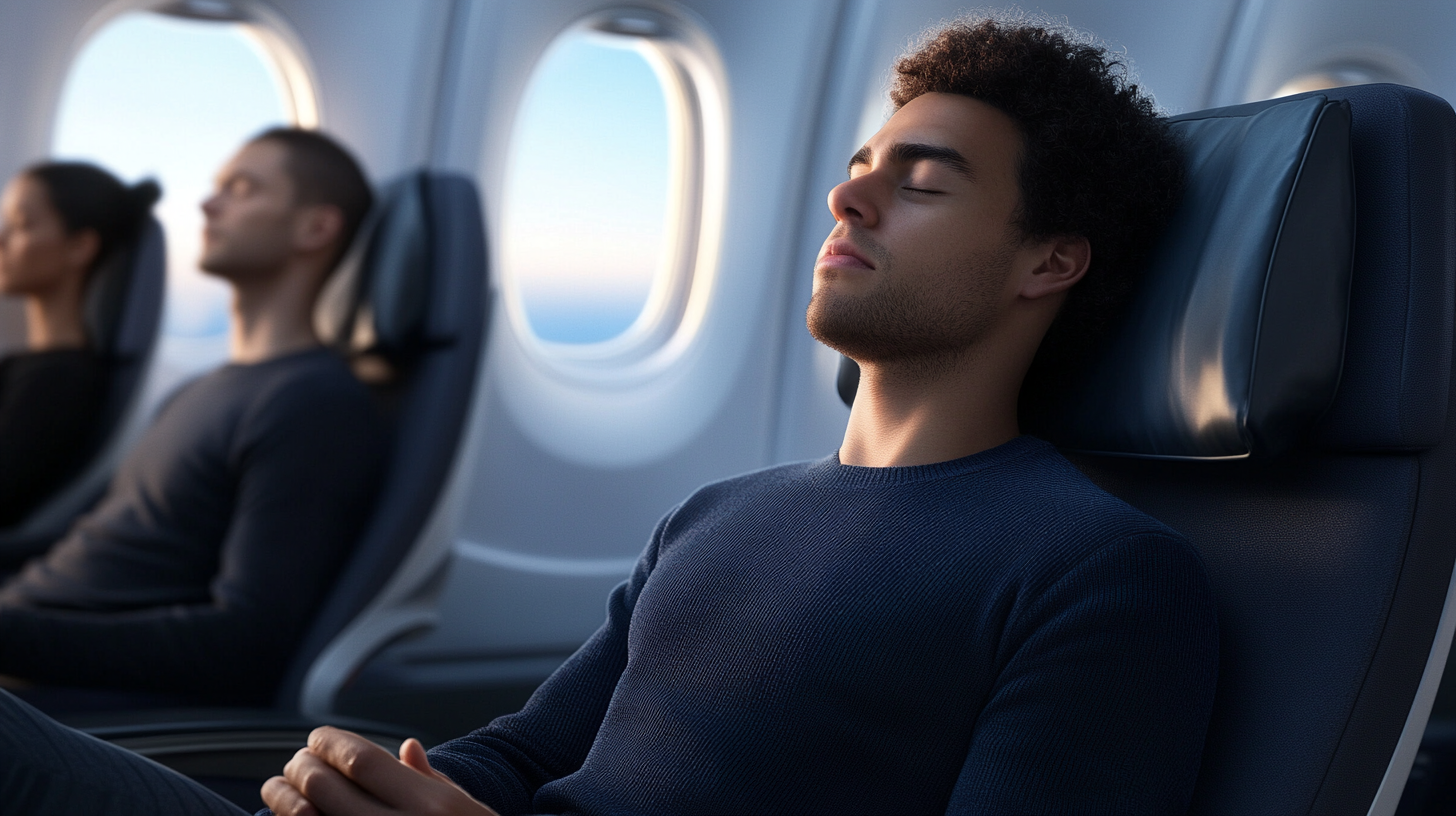
Implementing relaxation techniques can significantly improve your ability to sleep on a plane. Progressive muscle relaxation involves tensing and then relaxing different muscle groups, helping to release physical tension. Start from your toes and work your way up to your head, easing your body into a state of relaxation. Guided instructions for this technique can be found on various wellness apps and websites, such as Therapist Aid’s Progressive Muscle Relaxation Script.
Guided imagery is another effective method. Visualize a peaceful scene or memory, engaging all your senses to make the image as vivid as possible. This mental escape can distract you from the discomforts of air travel and lull your mind into a restful state, promoting sleep during flights. There are apps dedicated to guided imagery, such as Insight Timer, which offer a variety of visualizations to choose from.
Breathing exercises, such as the 4-7-8 technique, can also aid in relaxation. Inhale quietly through your nose for a count of four, hold the breath for a count of seven, then exhale through your mouth for a count of eight. Repeating this cycle calms the nervous system, making it easier to fall asleep on a plane. This technique is recommended by sleep experts and can be practiced anywhere; learn more on Healthline’s 4-7-8 Breathing Technique Article.
Some travelers find success with sleep apps or podcasts designed to induce sleep. These can include calming narratives, ambient sounds, or guided meditations. Popular options include the Sleep With Me Podcast, which features bedtime stories designed to help adults fall asleep, and the White Noise Lite app, offering a variety of soothing sounds. Download these onto your device before the flight, so you can access them in airplane mode without needing Wi-Fi or data connections.
Listening to soft music or classical pieces can also promote relaxation. Create a playlist of calming tunes ahead of time; see examples on YouTube’s Calming Music Playlists Video. Services like Spotify and Apple Music have pre-made relaxation playlists that you can save offline for your journey.
Manage Cabin Environment Factors
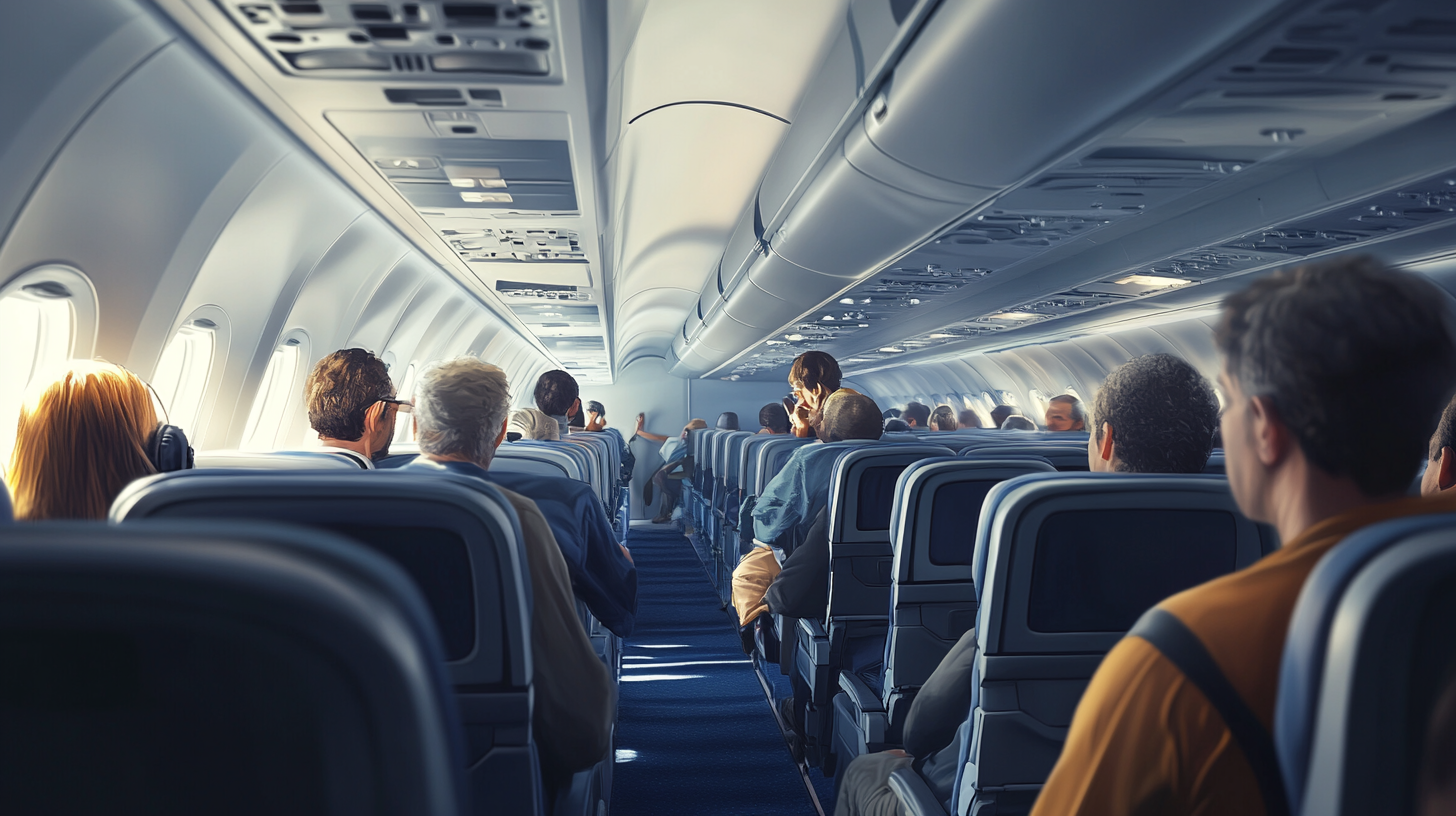
While you can’t control the cabin environment entirely, there are steps you can take to mitigate disturbances. Adjust the air vent above your seat to maintain a comfortable temperature and improve air circulation, which can help you sleep on a plane more comfortably. If the air is too dry, consider using a hydrating nasal spray, such as those discussed on WebMD’s Saline Nasal Spray Article, to keep your nasal passages moist, reducing discomfort.
If you’re sensitive to light, close your window shade and encourage your row mates to do the same. Wearing an eye mask, as mentioned earlier, can also block out residual light. For noise reduction, earplugs or noise-canceling headphones are your best friends to improve sleep during flights. The constant hum of the engines can be masked with white noise or soothing sounds from your device.
Communicate politely with flight attendants and fellow passengers if needed. For instance, if a nearby reading light is shining directly on you, a courteous request can often resolve the issue. Flight attendants can also provide additional pillows or blankets upon request, enhancing your comfort for better sleep. They may also be able to suggest quieter areas of the plane if there are empty seats available; get more tips from SmarterTravel’s Flight Attendant Tips.
Minimize disruptions by fastening your seatbelt over your blanket or outer garment. This ensures that if the seatbelt sign is illuminated, flight attendants won’t need to wake you to check if you’re buckled up. Small adjustments like this can contribute to uninterrupted sleep on a plane. Additionally, set your watch to your destination’s time zone upon boarding to start acclimating psychologically; find more strategies on Healthline’s Guide on Overcoming Jet Lag.
Consider using a travel pillow that also blocks out side light and noise, such as the Ostrich Pillow, which envelops your head and provides a private, cozy space to rest.
Consider Sleep Aids with Caution

For some travelers, sleep aids may be an option to facilitate sleep during air travel. Over-the-counter options like melatonin can help regulate your sleep cycle, especially when dealing with jet lag across time zones. Melatonin is a hormone naturally produced by the body to signal that it’s time to sleep, and supplementing it can help adjust your internal clock; more details are available at Healthline’s Melatonin Supplements Article. However, it’s essential to use them responsibly and ideally after consulting with a healthcare professional.
Prescription medications should be used with caution and under medical advice. Be mindful of potential side effects, such as grogginess upon arrival or interactions with other medications. Testing any sleep aid at home before your flight can help you gauge its effects on your body. Medications like Ambien (zolpidem) or Lunesta (eszopiclone) are powerful and should be used only as directed; more information is available at Mayo Clinic’s Guide on Prescription Sleep Aids.
Avoid alcohol as a sleep aid. While it may initially make you feel drowsy, alcohol can disrupt your sleep patterns and lead to poorer sleep quality. It can also contribute to dehydration, which can exacerbate discomfort during the flight. Combining alcohol with sleep medications can be dangerous; read more on the risks at The New York Times’ Article on Risks of Alcohol on Flights, so it’s best to limit or avoid alcoholic beverages when trying to sleep on a plane.
Herbal teas like chamomile or lavender can be a natural alternative to induce relaxation and promote sleep on a plane. Many airlines offer a selection of teas, or you can bring your own tea bags and request hot water during beverage service. Consider travel-friendly options like Yogi Bedtime Tea or T2 Sleep Tight Tea. Be cautious with herbal supplements and ensure they don’t interact with any medications you may be taking.
Remember that the use of sleep aids is a personal choice and should be approached carefully, especially when traveling alone. You want to ensure you’re alert enough to respond to any emergencies or instructions from the flight crew; learn more about safety tips from FlightSafety International.
Stay Mindful of Your Posture
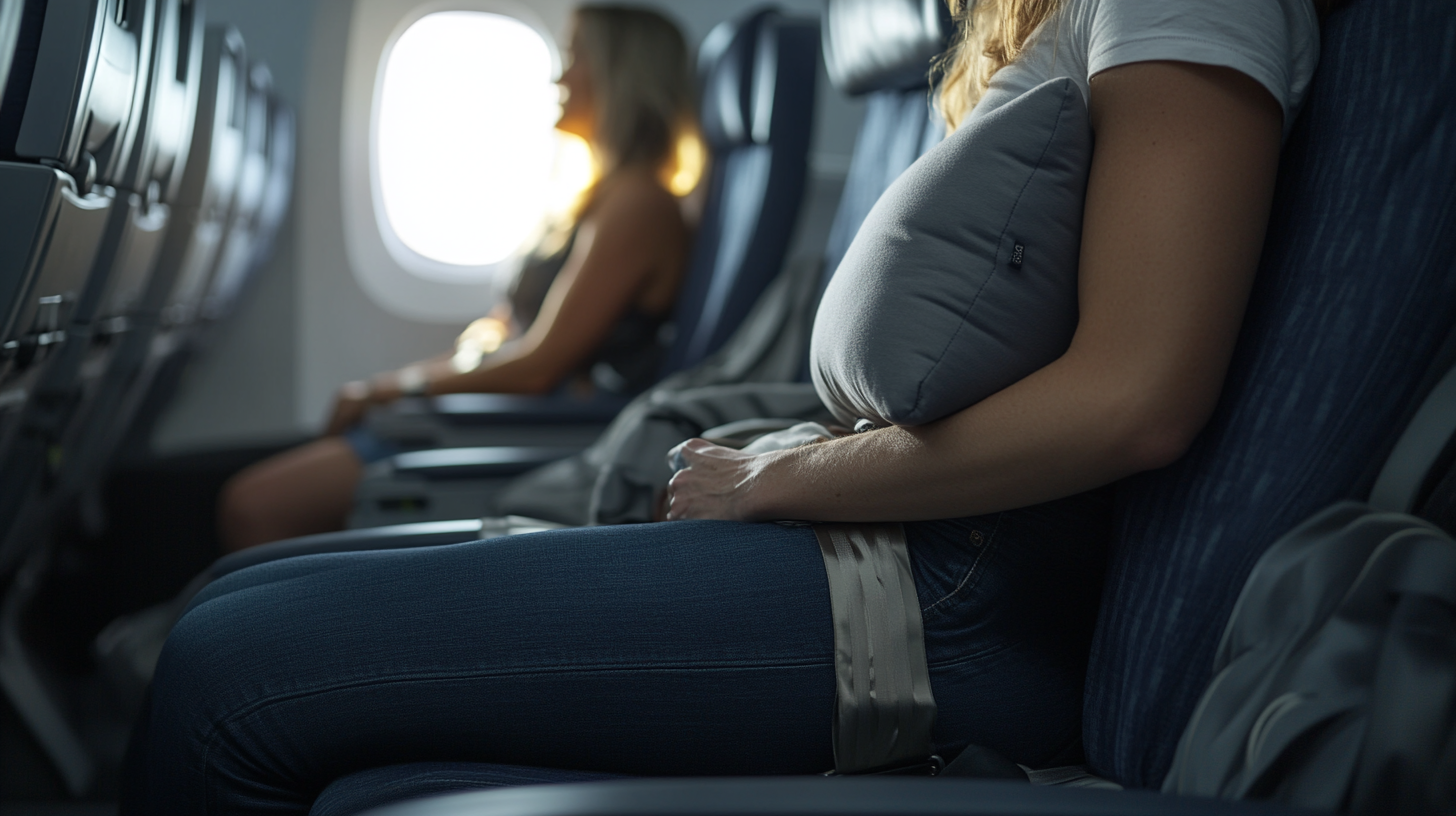
Maintaining good posture can prevent aches and pains that interfere with sleep during flights. Adjust your seat to a comfortable recline position without encroaching on the space of the passenger behind you. Use a lumbar pillow or roll up a sweater to support the natural curve of your lower back. Products like the Everlasting Comfort Lumbar Support Pillow on Amazon are designed to provide ergonomic support.
Avoid crossing your legs, as this can reduce circulation and lead to discomfort. Instead, keep your feet flat on the floor or use a footrest if available. Periodically flex and extend your ankles to promote blood flow and reduce the risk of deep vein thrombosis (DVT) on long flights; more information is available at Mayo Clinic’s DVT Prevention Article. The use of compression socks, as mentioned earlier, can also aid in circulation.
Align your head and neck to prevent strain. Your neck pillow should support your head in a neutral position. If you find yourself nodding forward, consider a pillow that wraps around your neck or an adjustable travel pillow that supports your chin, like the BCOZZY Travel Pillow. This design prevents your head from falling forward, which can lead to neck pain.
Being mindful of your body’s alignment helps reduce muscle tension and discomfort, making it easier to achieve comfortable airplane sleep. Small adjustments can have a significant impact on your overall in-flight comfort and ability to rest. Incorporate gentle stretches while seated, such as shoulder rolls or neck tilts, to relieve stiffness; explore more on LIVESTRONG’s In-Flight Stretching Exercises Article.
Ensure that any carry-on luggage stored under the seat in front of you does not impede your legroom. A compact and organized carry-on can make a difference in your comfort level; read tips on US News’ Carry-On Luggage Organization Article. Using a bag that fits well in the overhead bin can free up space for your feet.
Conclusion: Arrive Rested and Ready
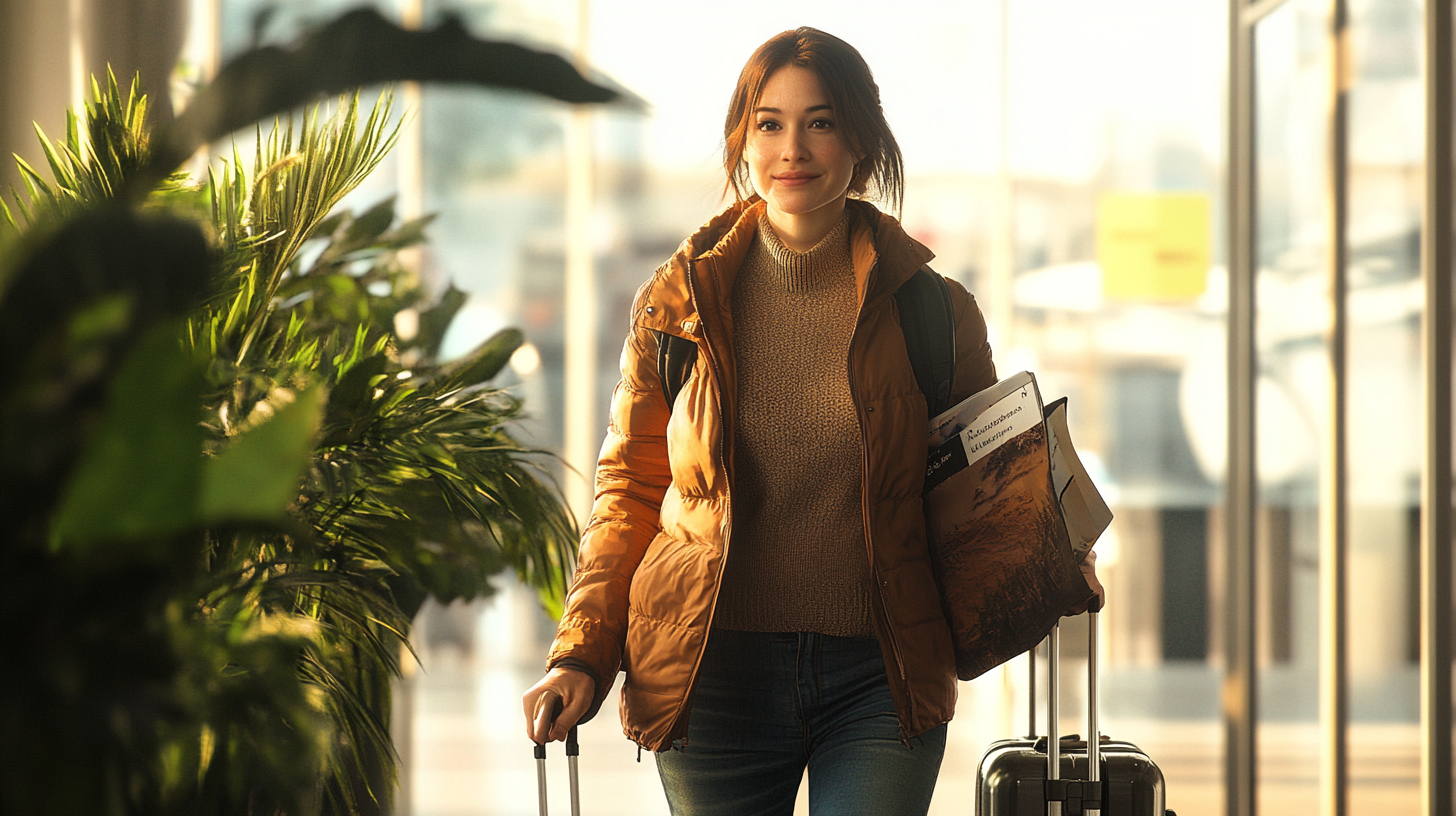
Sleeping on a plane doesn’t have to be an unattainable goal. By implementing these best methods for sleeping on a plane, you can enhance your comfort, reduce disruptions, and increase the likelihood of arriving at your destination feeling rested and ready to take on your itinerary. From strategic seat selection and investing in quality accessories to adjusting your pre-flight routine and practicing relaxation techniques, each step contributes to better sleep during flights.
Remember that everyone’s body responds differently, so it may take some experimentation to find the strategies that work best for you. Planning ahead and being mindful of your personal needs can make all the difference in transforming your travel experience. Keep a checklist of what works and adjust for future flights accordingly. Sweet dreams and happy travels!
For more travel tips and insights, visit us at BoardingArea and join the travel community forum at flyertalk, where seasoned travelers share experiences and advice.
Looking to maximize your in-flight comfort further? Check out guides on choosing the best carry-on luggage and learn how to navigate airport security smoothly for a seamless journey.
Safe travels and sweet dreams!



